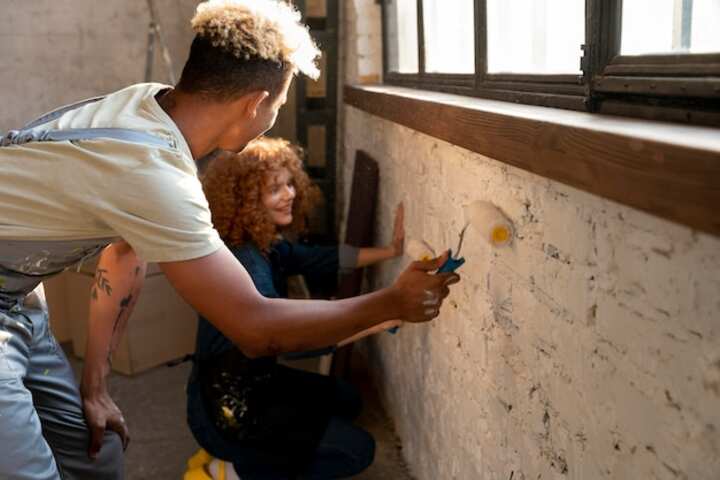
The Ultimate Guide to Concrete Sealing Waterproofing Solutions
Concrete, a versatile and durable building material, is often used in construction for its strength and longevity. However, despite its robustness, concrete is naturally porous, making it susceptible to water absorption and damage over time. This can lead to structural issues, aesthetic damage, and increased maintenance costs. To combat these challenges, concrete sealing and waterproofing solutions are essential. This guide provides an in-depth look at the different methods available for protecting concrete surfaces from moisture damage, ensuring they remain durable and aesthetically pleasing for years to come.
Understanding the Need for Concrete Sealing
Concrete sealing is a critical process that enhances the lifespan and appearance of concrete surfaces. It involves applying a protective layer that helps to prevent water penetration, chemical damage, and surface wear. Here are some key reasons why sealing is necessary:
- Prevents moisture infiltration, reducing the risk of cracking and structural damage.
- Protects against stains from oils, chemicals, and other contaminants.
- Enhances surface durability and reduces maintenance needs.
- Improves aesthetic appeal by preserving color and finish.
For more detailed insights into the importance of concrete sealing, explore further insights here.
Types of Concrete Sealers
There are several types of concrete sealers available, each offering distinct benefits based on specific needs and applications. Understanding these options can help in selecting the most appropriate solution.
Penetrating Sealers
Penetrating sealers are designed to soak into the concrete's pores, creating a chemical barrier that repels moisture and contaminants.
- Ideal for exterior surfaces exposed to harsh weather conditions.
- Provide long-lasting protection without altering the surface appearance.
- Commonly used for driveways, bridges, and other horizontal surfaces.
Learn more about penetrating sealers in this detailed guide.
Film-Forming Sealers
Film-forming sealers create a protective coating on the surface of the concrete, enhancing its appearance and providing a barrier against elements.
- Available in acrylic, epoxy, and polyurethane formulations.
- Best suited for surfaces where appearance is a priority, such as decorative concrete.
- Can offer a glossy finish, enhancing color and texture.
Read more about this topic here.
Waterproofing Solutions for Concrete
Waterproofing is crucial for concrete structures, especially those below ground or exposed to significant moisture. Effective waterproofing solutions can prevent water ingress and extend the life of concrete surfaces.
Crystalline Waterproofing
This method uses a crystalline compound that grows within the concrete's pores, blocking water pathways and enhancing durability.
- Ideal for basements, tunnels, and other subgrade structures.
- Offers self-sealing properties that improve over time.
- Effective in both positive and negative side waterproofing applications.
Find additional information on crystalline waterproofing here.
Membrane Waterproofing
Membrane waterproofing involves applying a liquid or sheet membrane to create a physical barrier against water.
- Available in liquid-applied and sheet-based forms.
- Suitable for roofs, balconies, and areas with high water exposure.
- Provides a flexible and durable solution.
Learn more about membrane waterproofing in this detailed guide.
Conclusion
Concrete sealing and waterproofing are vital processes for maintaining the integrity and appearance of concrete structures. By selecting the appropriate sealing or waterproofing solution, property owners can effectively protect their investments from water damage and extend the service life of concrete surfaces. For more comprehensive insights into concrete maintenance and protection, explore further insights here.